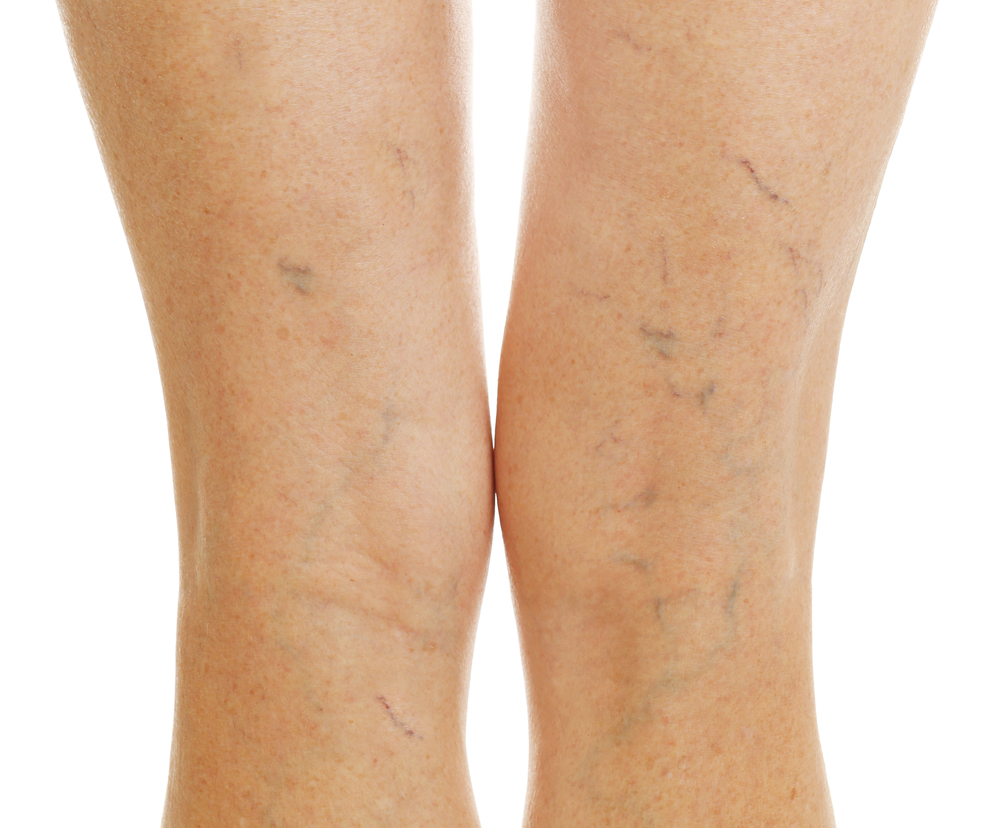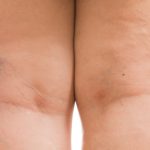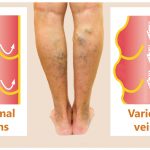Advantages of VenaSeal For Varicose Vein Treatment
 Healthy leg veins have valves that function to keep blood flowing to the heart. Venous reflux disease, also known as venous disease, develops when a valve in a vein becomes damaged or diseased. When the valve stops working correctly, it allows blood to flow backward and pool in the vein.
Healthy leg veins have valves that function to keep blood flowing to the heart. Venous reflux disease, also known as venous disease, develops when a valve in a vein becomes damaged or diseased. When the valve stops working correctly, it allows blood to flow backward and pool in the vein.Venous reflux disease symptoms can worsen over time, so it’s critical to have affected veins treated by a vein specialist. Traditionally, surgical stripping or heat-based treatment options were used. Our physicians offer an alternative. The VenaSeal closure system treats the diseased saphenous veins without heating or stripping the veins.
The VenaSeal Closure System
The VenaSeal Closure System is the only non-thermal, non-tumescent, non-sclerosant procedure approved for use in the United States that utilizes a specially formulated medical adhesive to close diseased veins. The VenaSeal system treats symptomatic venous reflux disease by closing the vein and rerouting blood to healthy veins nearby.
Who’s an Ideal Candidate?
The majority of people who suffer from symptomatic varicose veins are great candidates for VenaSeal. If you experience pain, swelling, throbbing, itching, or other discomfort related to varicose veins, VenaSeal may be an excellent treatment option. All potential patients must first undergo a consultation. Our team considers medical history and current vein conditions to determine if you are a candidate for this treatment.
Benefits of VenaSeal
-
High success rate; 96.4% closure rate after five years
-
Office-based procedure
-
Minimally invasive
-
Safe and effective ultrasound-guided procedure
-
No general anesthesia and little to no local anesthesia is required
-
No downtime
-
Less trauma due to fewer needle sticks
-
Reduced recovery time
-
Drive yourself to and from treatment
-
Return to work and activity immediately
-
No incisions
-
No stitches
-
No compression therapy necessary (though your doctor may still recommend compression stockings)
What To Expect During Treatment
A small catheter is inserted near the ankle or lower leg by way of a needle stick. The special catheter is threaded into the affected vein and guided by ultrasound. The provider then uses the specialized delivery system to inject small amounts of the VenaSeal adhesive into the damaged vein. As the catheter is pulled along the vein and the adhesive is applied, the provider applies gentle pressure to ensure the vein closes.
Recovery
The VenaSeal system is unique among comparable vein procedures as compression therapy isn’t required after the treatment. While it’s not a requirement, your provider may still recommend wearing compression stockings to maximize results and minimize the risk of experiencing side effects. Regular activities can be resumed immediately, except for heavy exercise, which isn’t recommended for one week following treatment.
Potential Risks and Side Effects
The VenaSeal procedure is considered very safe; however, no medical procedure is without risk. Patients may experience minor bruising, tenderness, and swelling after treatment, and these side effects can last for a few days or weeks. There may also be stiffness or a tugging sensation in the treated area, and some patients experience hyperpigmentation or darkening of the treated skin. There is less than a 1% chance of experiencing a blood clot or allergic reaction from the treatment.
Insurance Coverage For VenaSeal Treatments
Insurance coverage for VenaSeal treatments is determined on a case-by-case basis. In most instances, insurance companies decide whether or not to cover treatment based on medical necessity. If you have concerns regarding coverage for varicose vein treatments and procedures, we recommend discussing coverage criteria with your insurance company, as every company is slightly different. If compression hose are required post-procedure, we also suggest you inquire about insurance coverage for the stockings.
Vein & Laser Institute is the first provider in Northwest Indiana to offer this FDA-approved varicose vein closure system. This approach to treating small saphenous veins lessens the risk of nerve injury. Treatments are safe and effective, and for many of them, no anesthesia is needed. Contact us today to schedule a consultation to learn more about which treatment is best for removing your varicose veins.
Recent Posts



